Description
1. Botanical Information
-
Botanical Name: Plumeria rubra
-
Common Names: Son Champa, Frangipani, Temple Tree, Champa
-
Family: Apocynaceae
-
Type: Deciduous small tree or shrub
2. Origin & Distribution
-
Native To: Central America, Mexico, and the Caribbean
-
Widely cultivated in tropical and subtropical regions, especially in India, Southeast Asia, and Pacific islands.
3. Physical Characteristics
-
Height & Spread: Typically grows 3–8 meters tall, with a spreading canopy.
-
Leaves: Large, elongated, glossy green leaves arranged alternately on thick, succulent branches.
-
Flowers: Fragrant, star-shaped flowers with yellow, white, pink, or red hues, often blooming in clusters.
-
Blooming Period: Blooms mainly in summer, sometimes multiple times a year in tropical climates.
-
Bark & Branches: Thick, fleshy branches with smooth, greyish bark; branches may exude a milky sap when cut.
4. Growing Conditions
-
Light: Prefers full sunlight for optimal flowering.
-
Soil: Well-draining, sandy or loamy soil; tolerates slightly alkaline to neutral pH.
-
Watering: Moderate watering; drought-tolerant once established.
-
Temperature: Thrives in warm climates (20–35°C); sensitive to frost.
-
Humidity: Prefers moderate to high humidity but can tolerate dry conditions.
5. Maintenance & Care
-
Pruning: Light pruning to remove dead branches and shape the plant encourages flowering.
-
Fertilization: Apply a balanced fertilizer during the growing season to promote blooms.
-
Pests/Diseases: Susceptible to aphids, mealybugs, and frangipani rust; milky sap can deter some pests.
6. Uses & Benefits
-
Ornamental Value: Highly prized for gardens, temples, courtyards, and parks due to its vibrant flowers and fragrance.
-
Fragrance & Cultural Significance: Flowers are used in religious ceremonies, garlands, and perfumes.
-
Medicinal Uses: Traditional medicine uses extracts for wound healing, skin issues, and anti-inflammatory purposes.
-
Pollinator Friendly: Attracts butterflies and bees, supporting local biodiversity.
7. Lifespan
-
Long-lived perennial tree; can thrive for several decades with proper care.

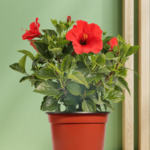
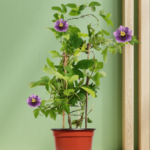
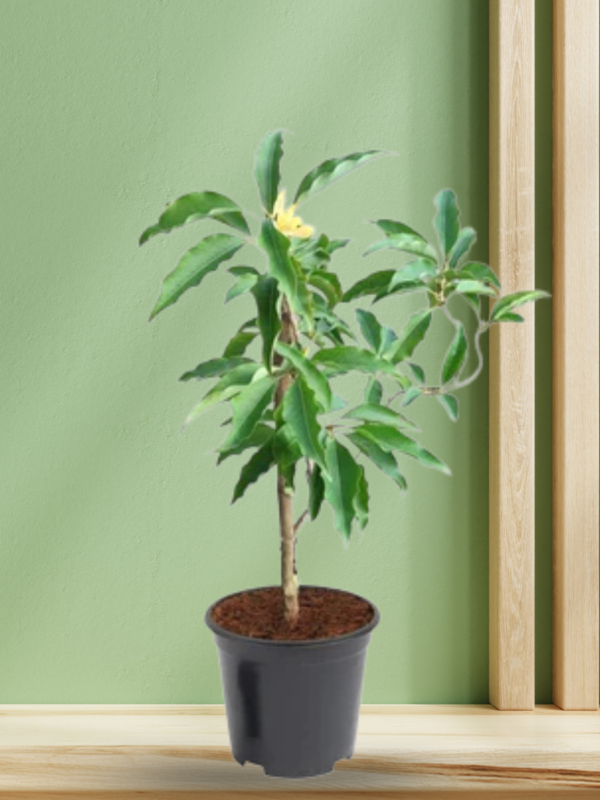
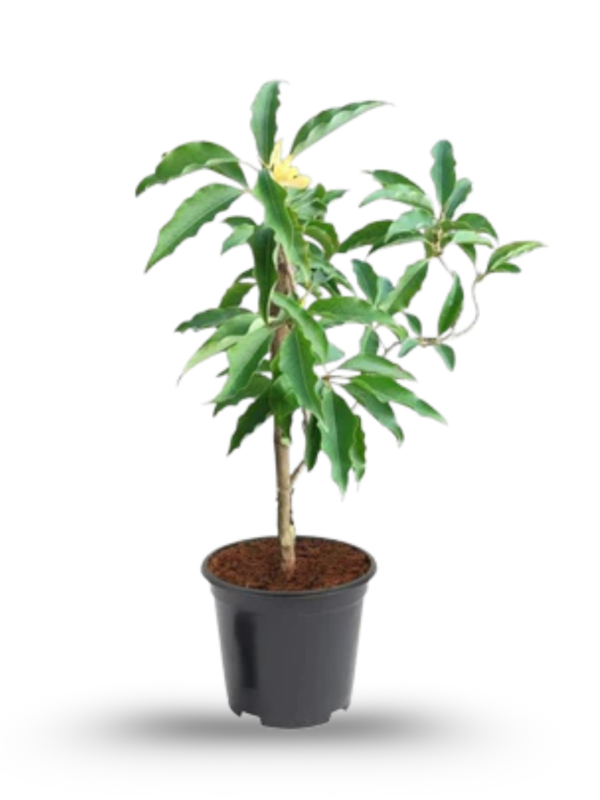
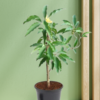
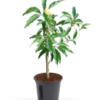
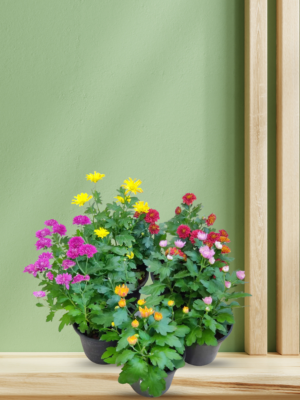
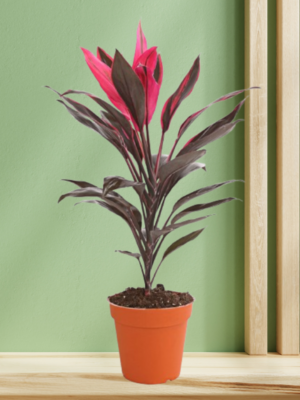
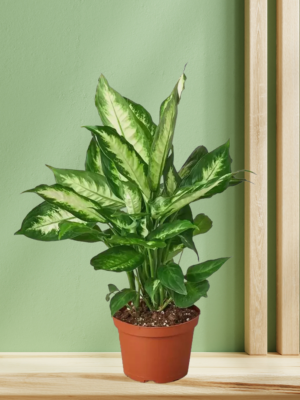
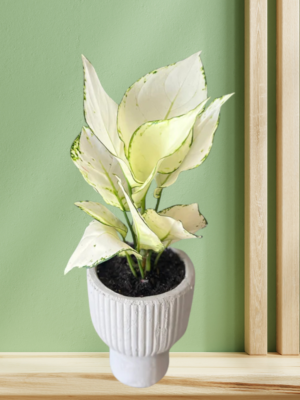
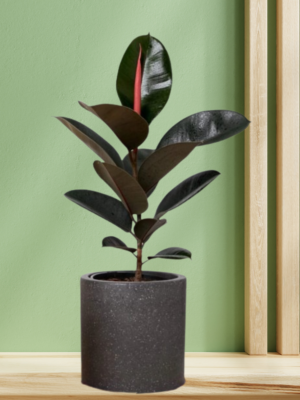 Rubber Plant
Rubber Plant
Reviews
There are no reviews yet.